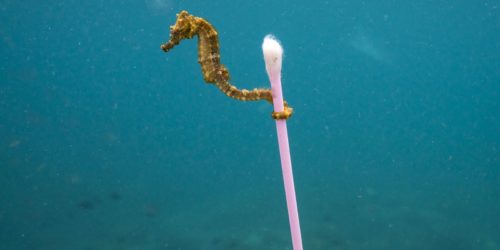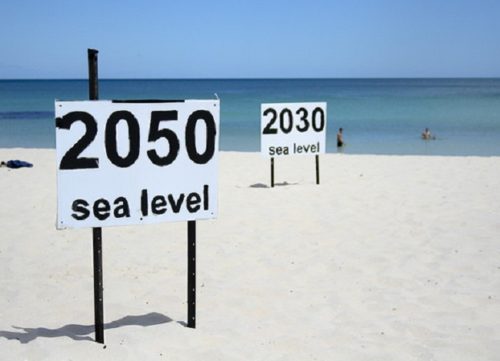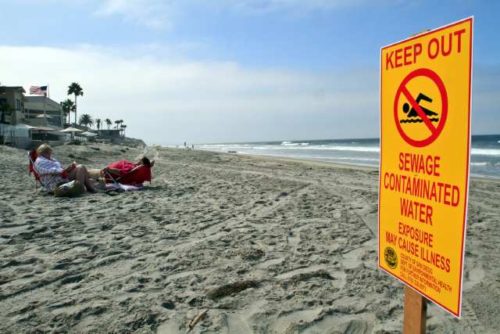 Las áreas acuáticas para nado y recreación en el condado de Los Angeles brindan oportunidades importantes para quienes disfrutan y valoran la naturaleza de nuestros ríos y arroyos. Desafortunadamente, existe poca información o notificación pública de la calidad del agua por parte del estado. Como resultado, carecemos de datos estandarizados y la información disponible para el público es mínima y difícil de interpretar.
Las áreas acuáticas para nado y recreación en el condado de Los Angeles brindan oportunidades importantes para quienes disfrutan y valoran la naturaleza de nuestros ríos y arroyos. Desafortunadamente, existe poca información o notificación pública de la calidad del agua por parte del estado. Como resultado, carecemos de datos estandarizados y la información disponible para el público es mínima y difícil de interpretar.
Durante más de 30 años, Heal the se ha dedicado a hacer que las aguas costeras y cuencas hidrográficas del sur de California sean seguras, saludables y limpias.
Desde 1991, Heal de Bay ha priorizado la salud pública, informando y educando a la comunidad sobre la calidad del agua de nuestras playas a través de nuestro “Boletín Informativo de Playas” (BRC, por sus siglas en inglés). Evaluar la calidad del agua en áreas de recreación acuática y brindar información al público en el condado de L.A. fue el siguiente gran paso de Heal the Bay. Un día de esparcimiento en las vías fluviales del condado de Los Ángeles no debería enfermar a nadie, por tal razón se estableció en el 2014 un programa de monitoreo en los sitios de recreación acuática y se desarrolló en el 2017 el programa River Report Card (RRC) o “Boletín Informativo de Ríos” para brindar al público información de fácil comprensión sobre la calidad del agua.
El RRC asigna calificaciones con los colores verde, amarillo y rojo en función a los niveles de contaminación bacteriana. Esto difiere del BRC de Heal the Bay, que asigna calificaciones a las playas con letras que van de la A a F; sin embargo, consideramos esta evaluación como un informe de calificaciones y nos referimos a los códigos de colores como calificaciones.
Desarrollamos una metodología de clasificación de verde, amarillo y rojo, así como también de sitios clasificados según los niveles de bacterias indicadoras de contaminación fecal. Verde indica buena calidad de agua con niveles de bacterias indicadoras de contaminación fecal bajo los límites permitidos por autoridades de salud. Amarillo indica que al menos uno o más exceden los límites permitidos y que puede aumentar el riesgo de adquirir enfermedades. Finalmente, el color rojo indica mayor riesgo de salud donde todos o casi todos los niveles de bacterias indicadoras de contaminación fecal superan los límites permitidos.
El “Boletín Informativo de Ríos” es el informe de calidad de agua más completo hasta la fecha en áreas de recreación acuática del área de Los Angeles. El conjunto de datos es recopilado por Heal the Bay, Programa de Monitoreo de la Cuenca del Río Los Angeles (LARWMP, por sus siglas en inglés), Oficina de Sanidad y Medio Ambiente (LASAN, por sus siglas en inglés) de la Ciudad de L.A. y Programa de Monitoreo Regional del Río San Gabriel (SGRRMP, por sus siglas en inglés). Los datos analizados fueron monitoreados durante la temporada seca 2017 y 2018 y cubre 27 sitios en su totalidad en tres cuencas hidrogróficas que son utilizadas para nado, pesca y kayak. Datos previos a estos años también están disponibles desde 2014, pero solo para determinados sitios. Se realizaron pruebas para detectar bacterias indicadoras de contaminación fecal que indican la presencia de microorganismos y virus que causan infecciones, irritación de la piel, enfermedades respiratorias y enfermedades gastrointestinales.
En todos los 27 sitios del año 2018, el 57% de las calificaciones fué de color verde, el 25% amarilla y el 18% roja. Las áreas urbanas tienden a tener calificaciones más bajas que las áreas naturales. Los sitios en las zonas de recreación de la cuenca del río de Los Angeles están rodeados principalmente de paisajes urbanos y tuvieron calificaciones más bajas que los otros sitios en este informe. Los sitios en las zonas de recreación del río de Los Angeles obtuvo 38% verde, 36% amarillo y 26% rojo. Los sitios de la cuenca del río San Gabriel y los sitios de la parte alta de la cuenca del río de Los Angeles obtuvieron las mejores calificaciones en general, probablemente porque se encuentran en paisajes naturales y no recibieron aguas de descargas urbanas que contienen contaminantes. Los sitios en la cuenca del río San Gabriel, que se encuentran en áreas naturales, obtuvieron 84% verde, 11% amarillo y 5% rojo para el 2018; los sitios de la parte alta de la cuenca del río de Los Angeles obtuvieron 70% verde, 13% amarillo y 17% rojo.
Los sitios de la cuenca de Malibu Creek se encuentran en un parque estatal y sus alrededores son en su mayoría áreas naturales, con algunos desarrollos urbanos en la parte alta de la cuenca. Estos sitios obtuvieron mejores calificaciones que los sitios en las zonas de recreación de la cuenca del río de Los Angeles, pero obtuvieron calificaciones más bajas que los sitios de la cuenca del río San Gabriel o de la parte alta de la cuenca del río de Los Angeles. Los sitios de la cuenca de Malibu Creek obtuvieron 50% verde, 39% amarillo y 11% rojo en el 2018.
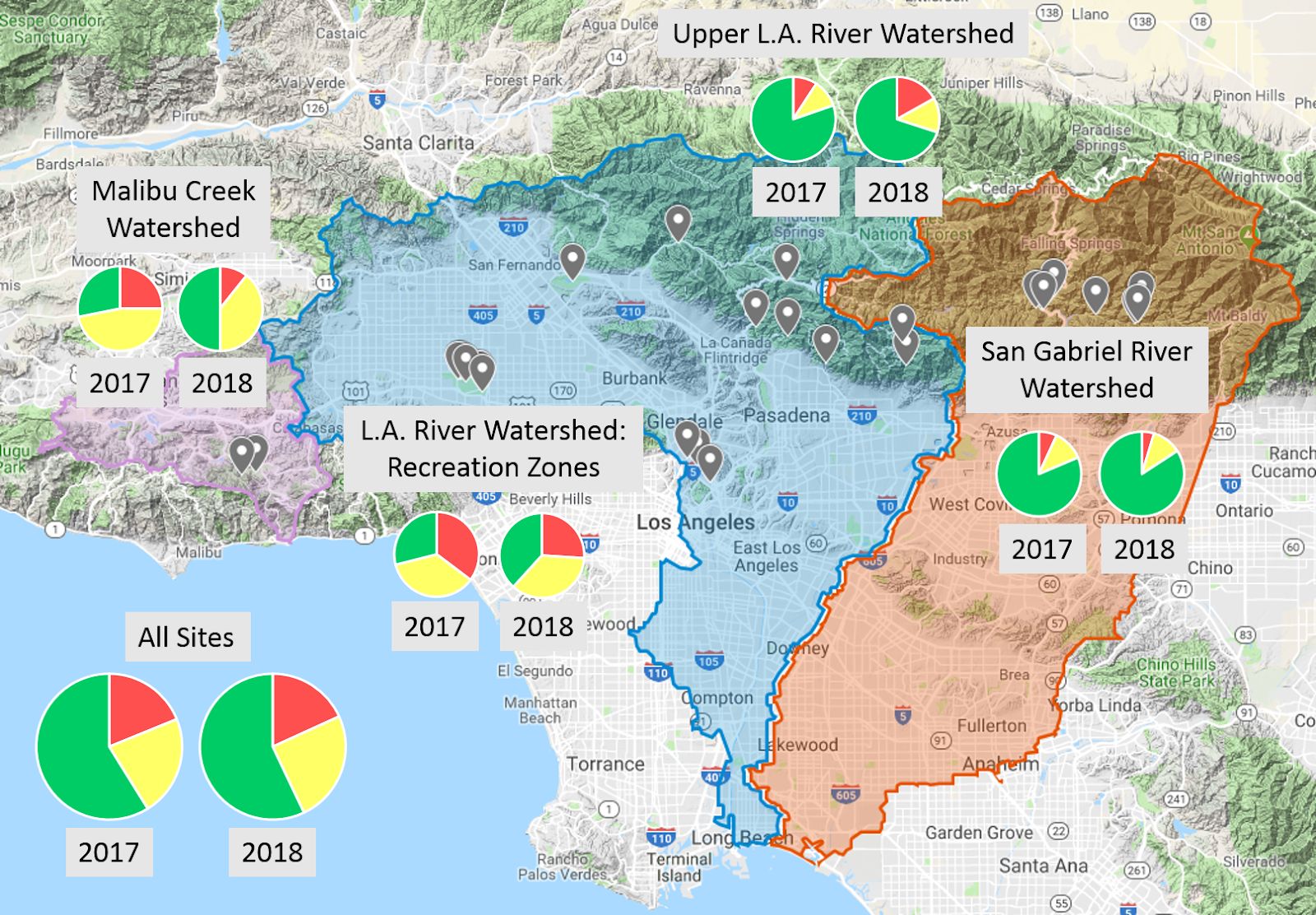
Figura 1: Porcentajes de calificación de calidad de agua 2017 y 2018 para los sitios de monitoreo en el condado de Los Ángeles: Cuenca de Malibu Creek, zonas de recreación de la cuenca del río Los Angeles, parate alta de la cuenca del río Los Angeles y cuenca del río San Gabriel. Los colores verde, amarillo y rojo son mostrados para cada área y temporada.
Los dos sitios con porcentajes más altos en color rojo para el 2018 correspondieron a Hansen Dam (80%) en la parte alta del río de Los Angeles y Rattlesnake Park (58%) en la zona de recreación Elysian Valley del río de Los Angeles. Sin embargo, seis sitios obtuvieron 100% color verde; cuatro de estos sitios están en la cuenca del río San Gabriel y dos en la parte alta de la cuenca del río Los Angeles. En comparación con el año 2017, las calificaciones del 2018 en general, mejoraron para la cuenca de Malibu Creek, cuenca del Río San Gabriel y para las zonas de recreación de la Cuenca del Río de Los Angeles (el porcentaje para las calificaciones con color verde aumentó)
Al examinar los sitios individualmente, 15 de los 27 sitios obtuvieron un mayor porcentaje de calificación con color verde para el 2018 en comparación con 2017, 9 sitios obtuvieron un menor porcentaje de color verde y 3 no tuvieron cambios. En todo el condado, la proporción de calificación en rojo emitidos del 2017 a 2018 disminuyó en un 1%, y el porcentaje de calificaciones verde disminuyó en un 2%. Por lo tanto, a pesar de los aumentos observados en la calidad del agua, las disminuciones superaron ligeramente a los mismos.
Desde que Heal the Bay comenzó a monitorear los sitios acuáticos de recreación y hacer público los datos de calidad del agua, los cambios han sido positivos e incluyen:
- Aumento del monitoreo bacteriano en zonas de recreación del Río de Los Angeles, tanto en sitios como frecuencias, realizados por LASAN.
- Mayor notificación pública por medio de letreros acerca de la calidad del agua a lo largo de las zonas de recreación del Río de Los Angeles, realizados por LASAN.
- Mayor difusión pública e información sobre la calidad del agua a través de correos electrónicos, sitios web y otros medios en línea por parte de las agencias que recopilan la información (LARWMP, LASAN y SGRRMP).
Basados en este informe, recomendaciones adicionales para proteger la salud pública incluyen:
- Notificación y monitoreo estandarizado en todo el estado y región para áreas acuáticas de recreación; designando responsables para el monitoreo y notificación, y recomendar una legislación o algo similar a la Ley de Calidad del Agua de las Playas (AB411) que proporcione financiamiento y monitoreos estandarizados a los condados que realicen la labor.
- El monitoreo debe incluir los Enterococcus, así como también E. coli para proteger la salud pública y debe incluir la media geométrica en los avisos de calidad del agua.
- La notificación pública debe incluir la publicación de carteles sobre la calidad del agua en todos los sitios de recreación acuática, en inglés y español.
Personas dirigiendose a áreas de recreación acuática pueden consultar el Boletín Informativo de Playas de Heal the Bay www.healthebay.org/riverreportcard Es recommendable ducharse con agua y jabón después de cualquier contacto directo con el agua para poder minimizar cualquier riesgo de salud.
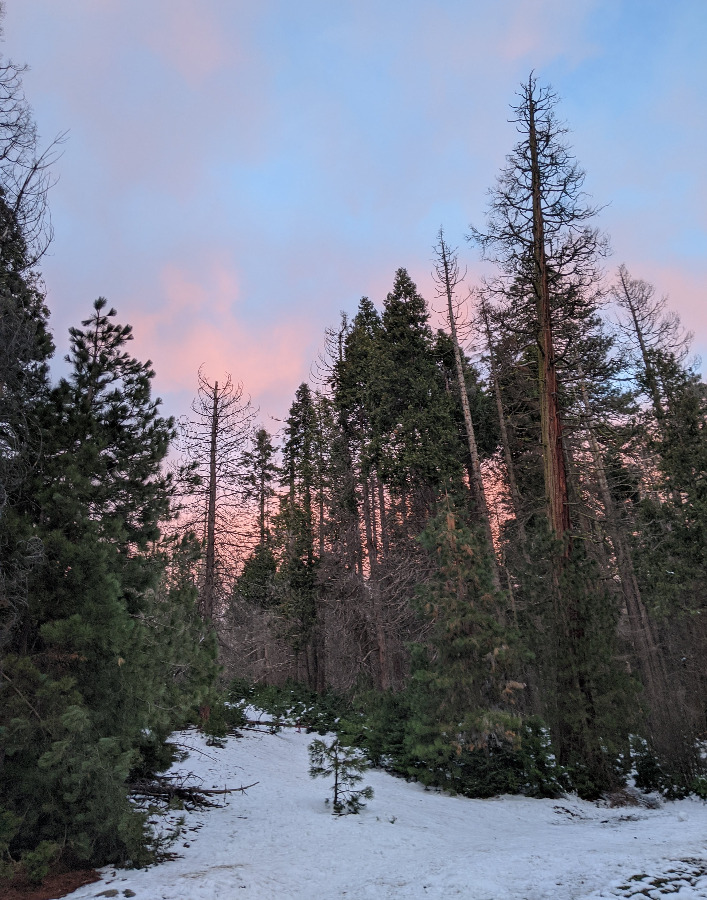



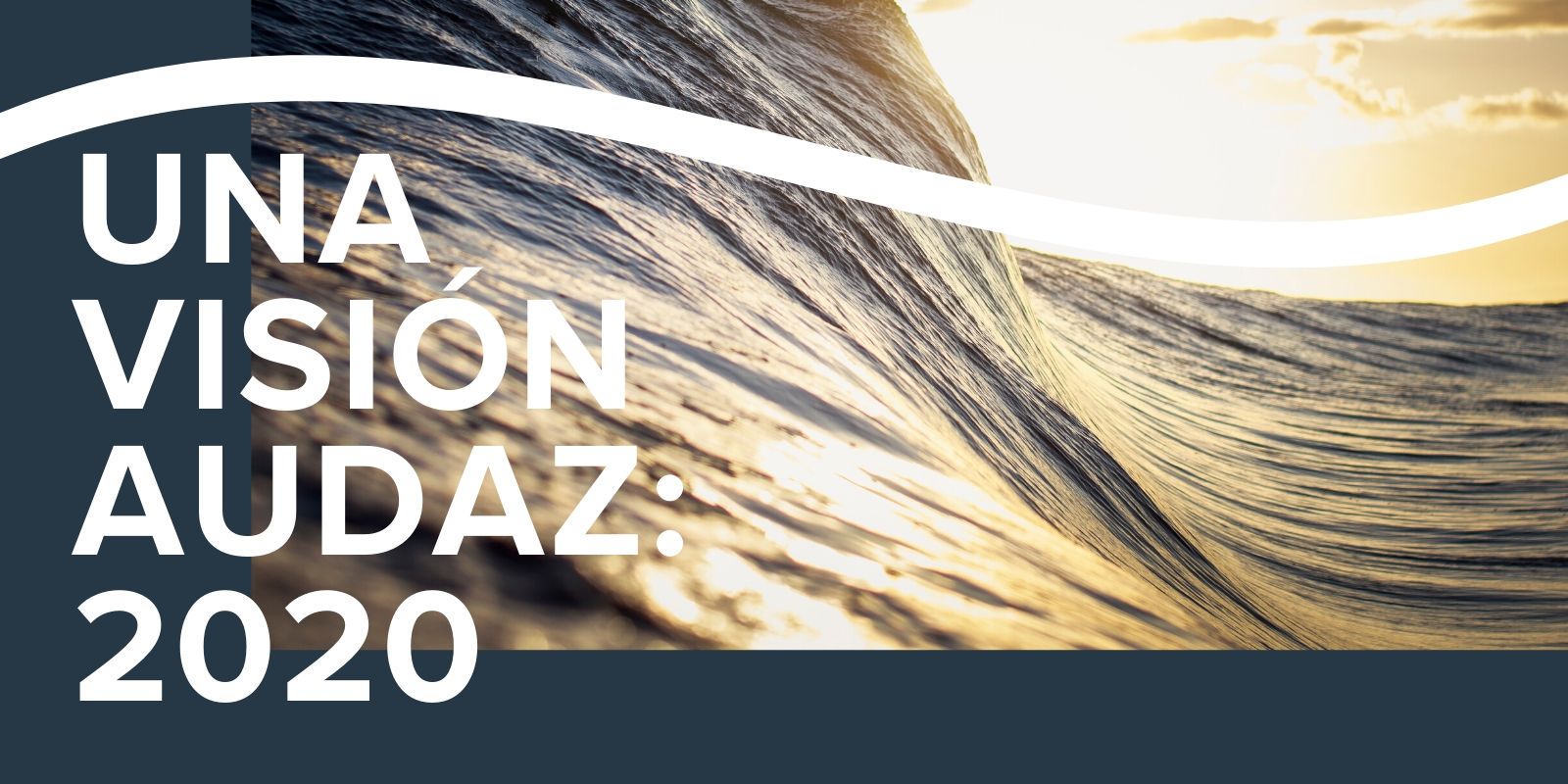

 Qué estamos haciendo: Protegiendo la salud pública a través de programas de educación científica y comunitaria sobre pesca y aguas contaminadas en playas y ríos de LA.
Qué estamos haciendo: Protegiendo la salud pública a través de programas de educación científica y comunitaria sobre pesca y aguas contaminadas en playas y ríos de LA. Qué estamos haciendo: Eliminando los desechos plásticos nocivos de nuestras playas y sistemas fluviales y restaurando la vitalidad de nuestro océano y cuencas hidrográficas.
Qué estamos haciendo: Eliminando los desechos plásticos nocivos de nuestras playas y sistemas fluviales y restaurando la vitalidad de nuestro océano y cuencas hidrográficas.
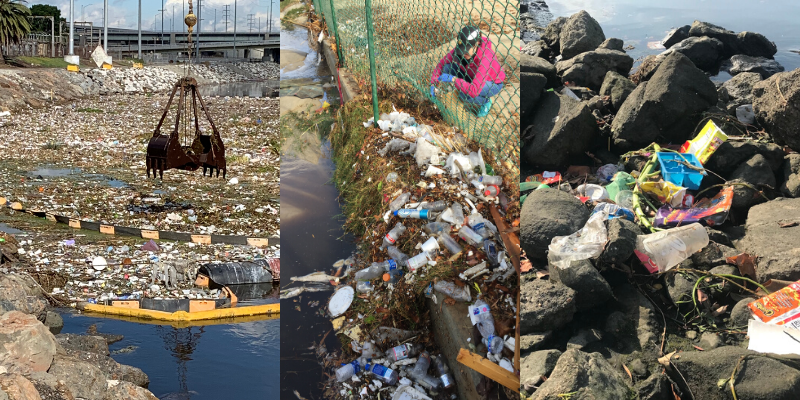
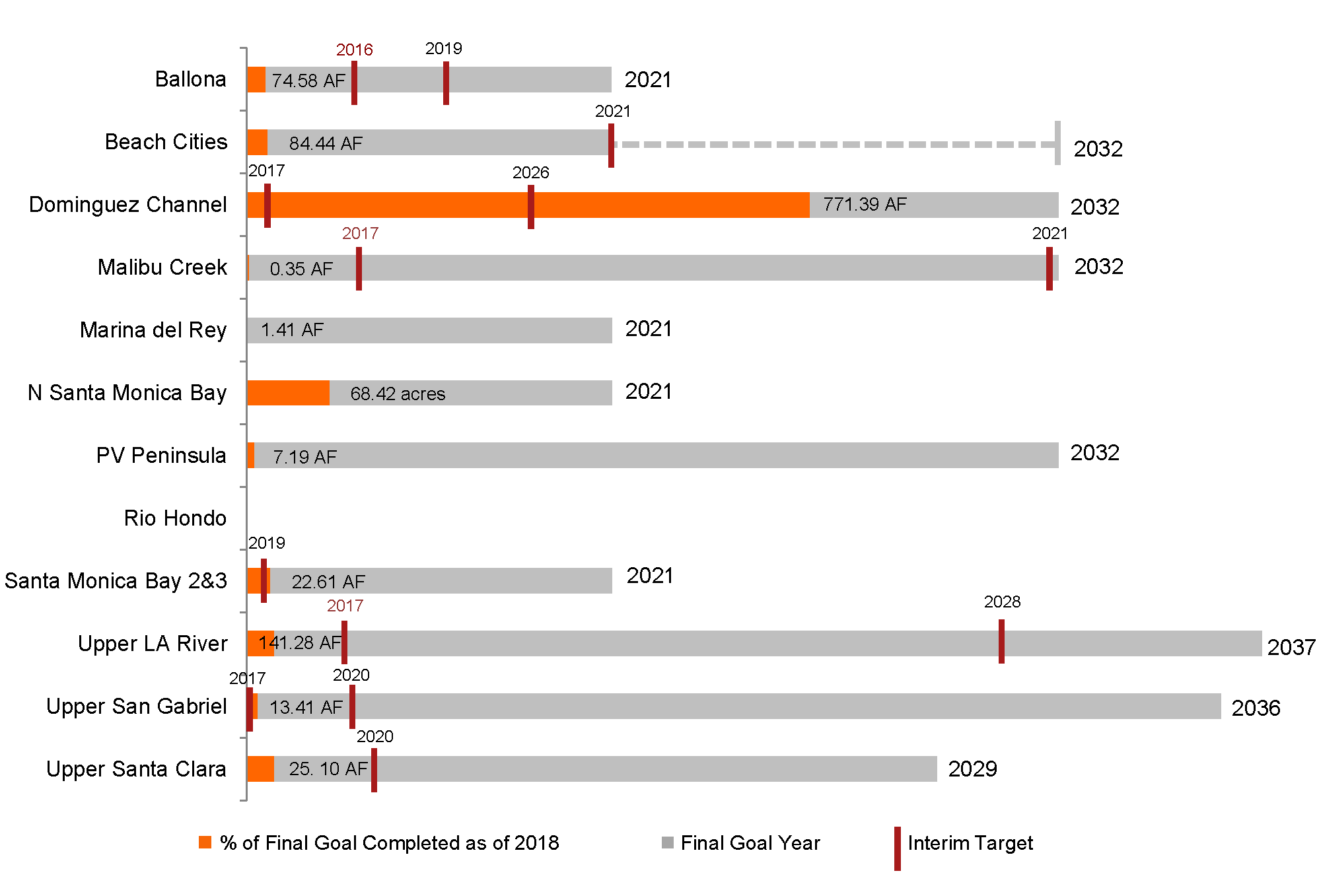 The graphic above is an overall aassessment of progress for each of the 12 watershed management groups, based on either total retention capacity in acre feet (AF) or total area addressed (acres). Each grey bar represents the final goal for each group, labelled with the final deadline to reach this goal. The orange portion of the bar represents the retention capacity of projects completed since the 2012 Los Angeles County MS4 Permit was approved, as a percentage of the total goal. Interim targets, when provided, are displayed with red vertical lines as a percentage of the total goal, and labeled with the relevant interim deadline year. A final goal was not provided in the Rio Hondo group, so progress cannot be displayed. Only an interim goal was provided in the Beach Cities group, so the final goal was uncertain, identified with a dashed line above.
The graphic above is an overall aassessment of progress for each of the 12 watershed management groups, based on either total retention capacity in acre feet (AF) or total area addressed (acres). Each grey bar represents the final goal for each group, labelled with the final deadline to reach this goal. The orange portion of the bar represents the retention capacity of projects completed since the 2012 Los Angeles County MS4 Permit was approved, as a percentage of the total goal. Interim targets, when provided, are displayed with red vertical lines as a percentage of the total goal, and labeled with the relevant interim deadline year. A final goal was not provided in the Rio Hondo group, so progress cannot be displayed. Only an interim goal was provided in the Beach Cities group, so the final goal was uncertain, identified with a dashed line above.

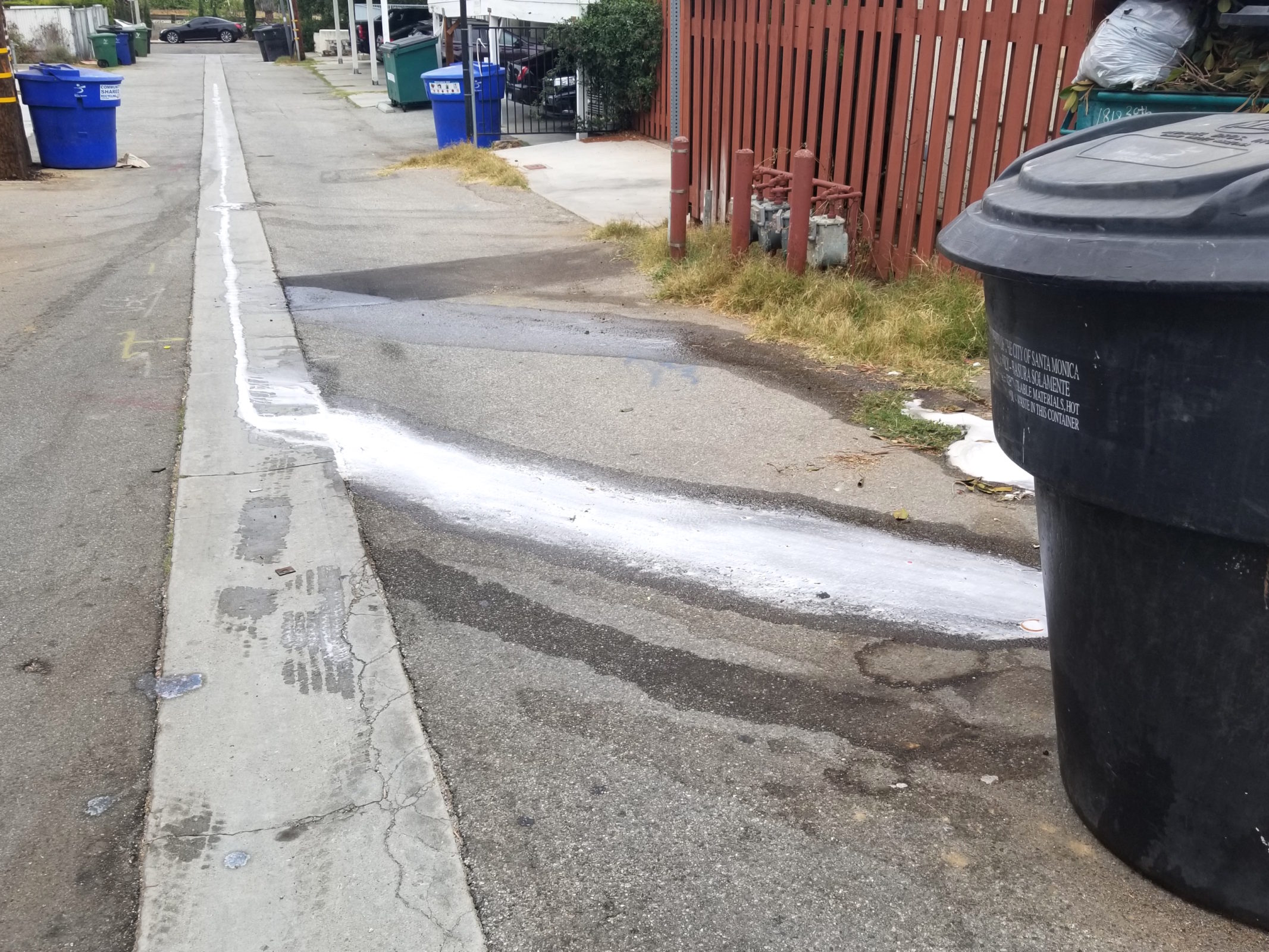
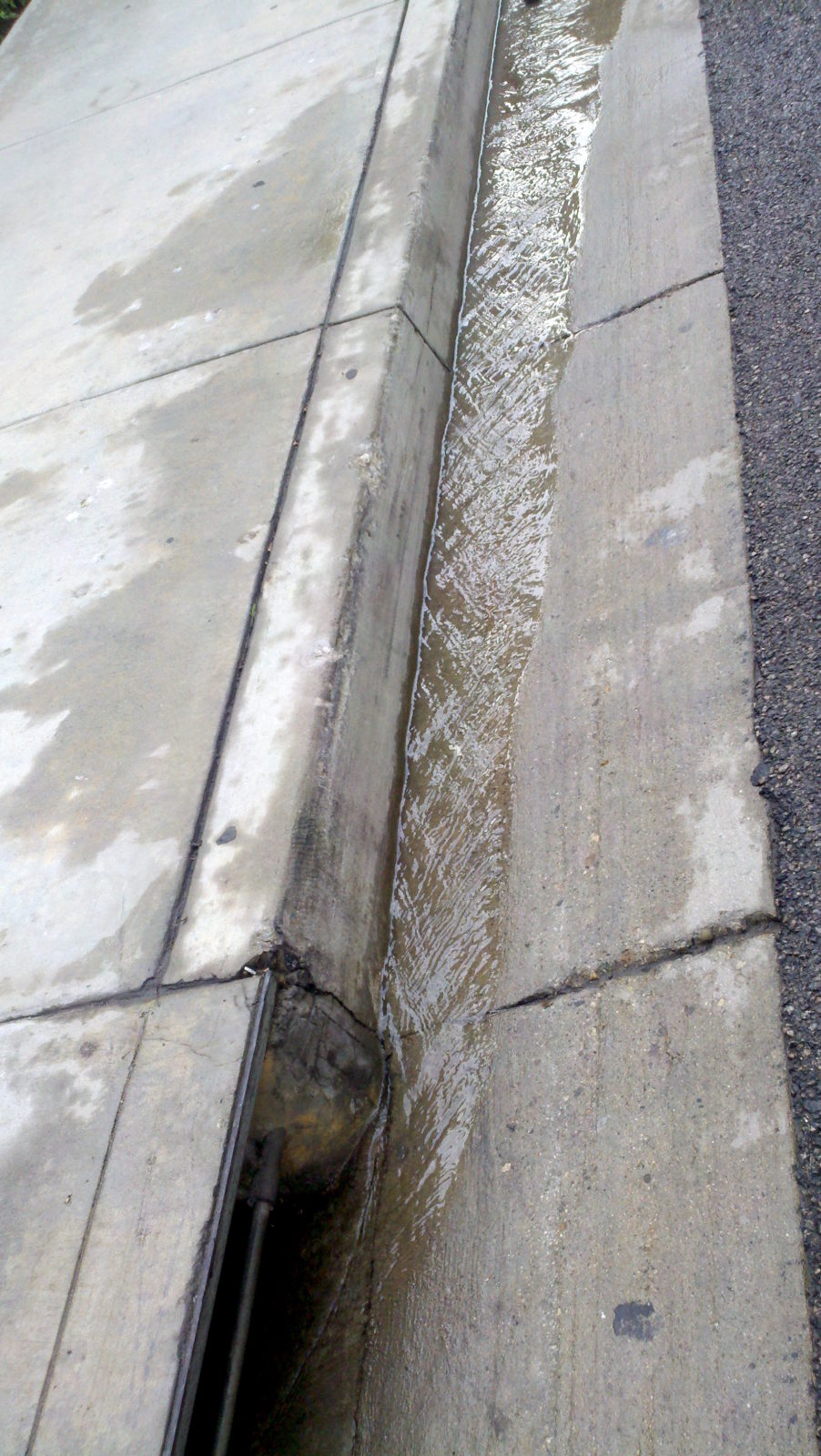
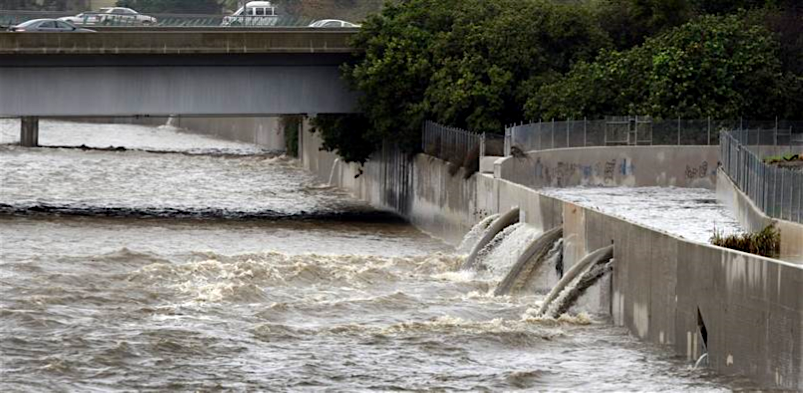
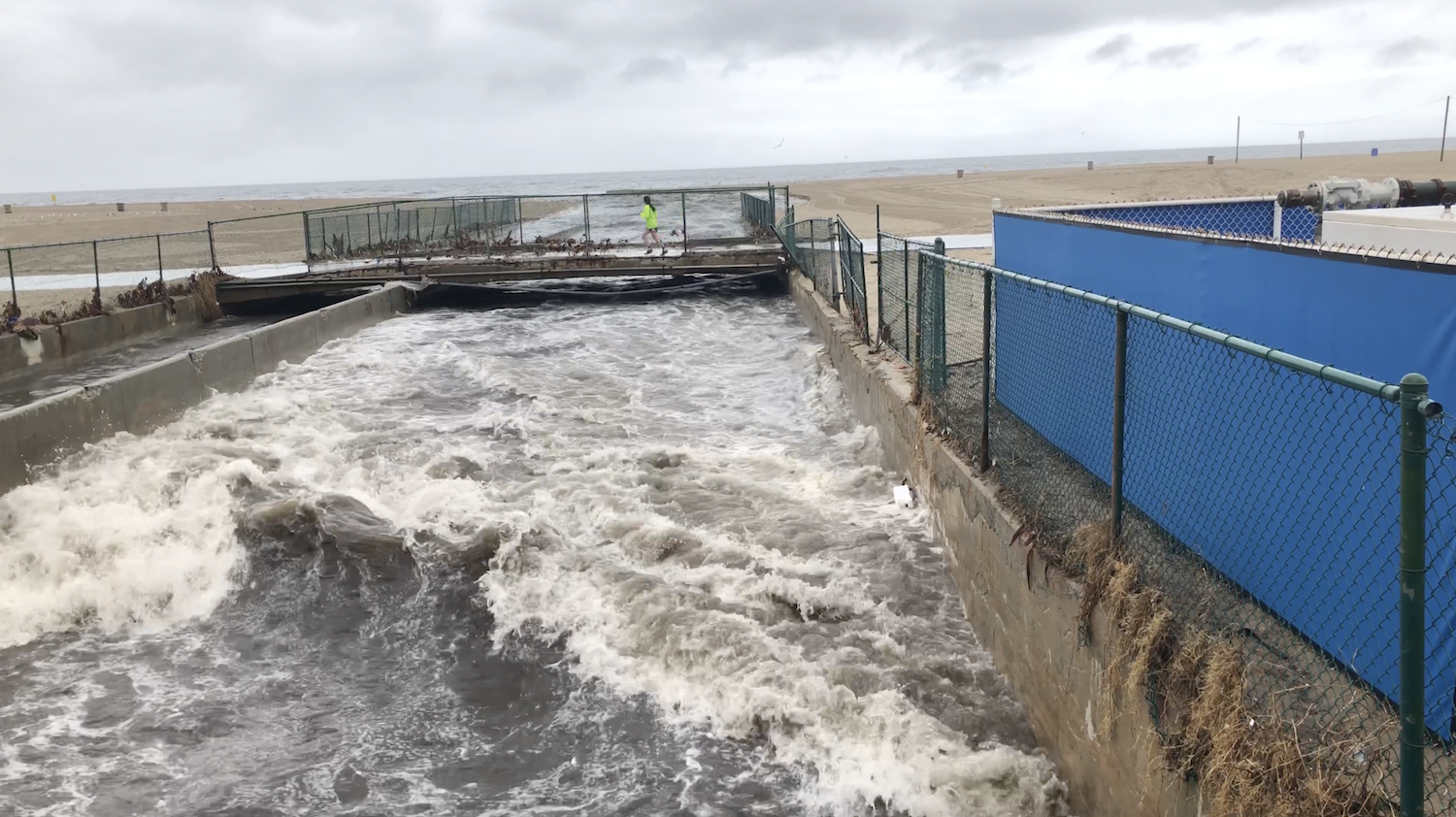
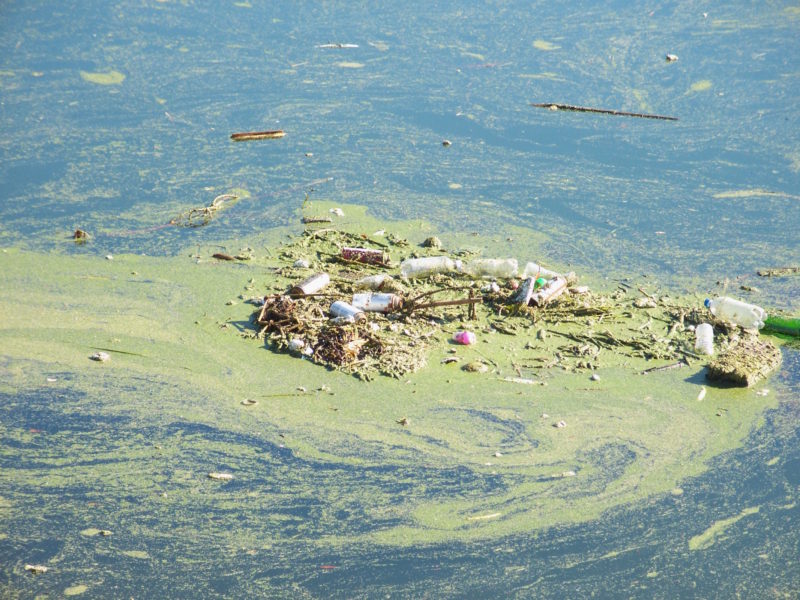






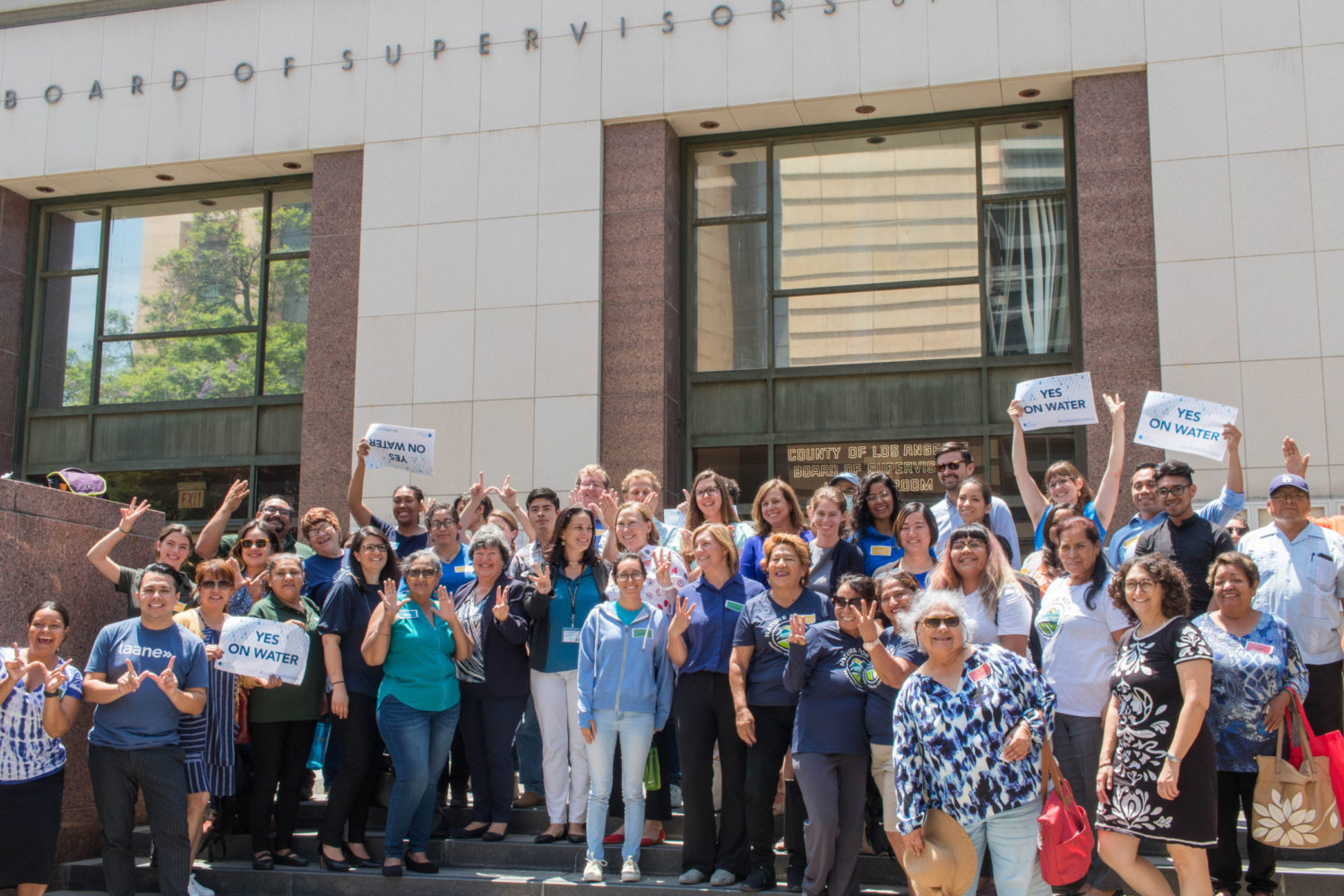
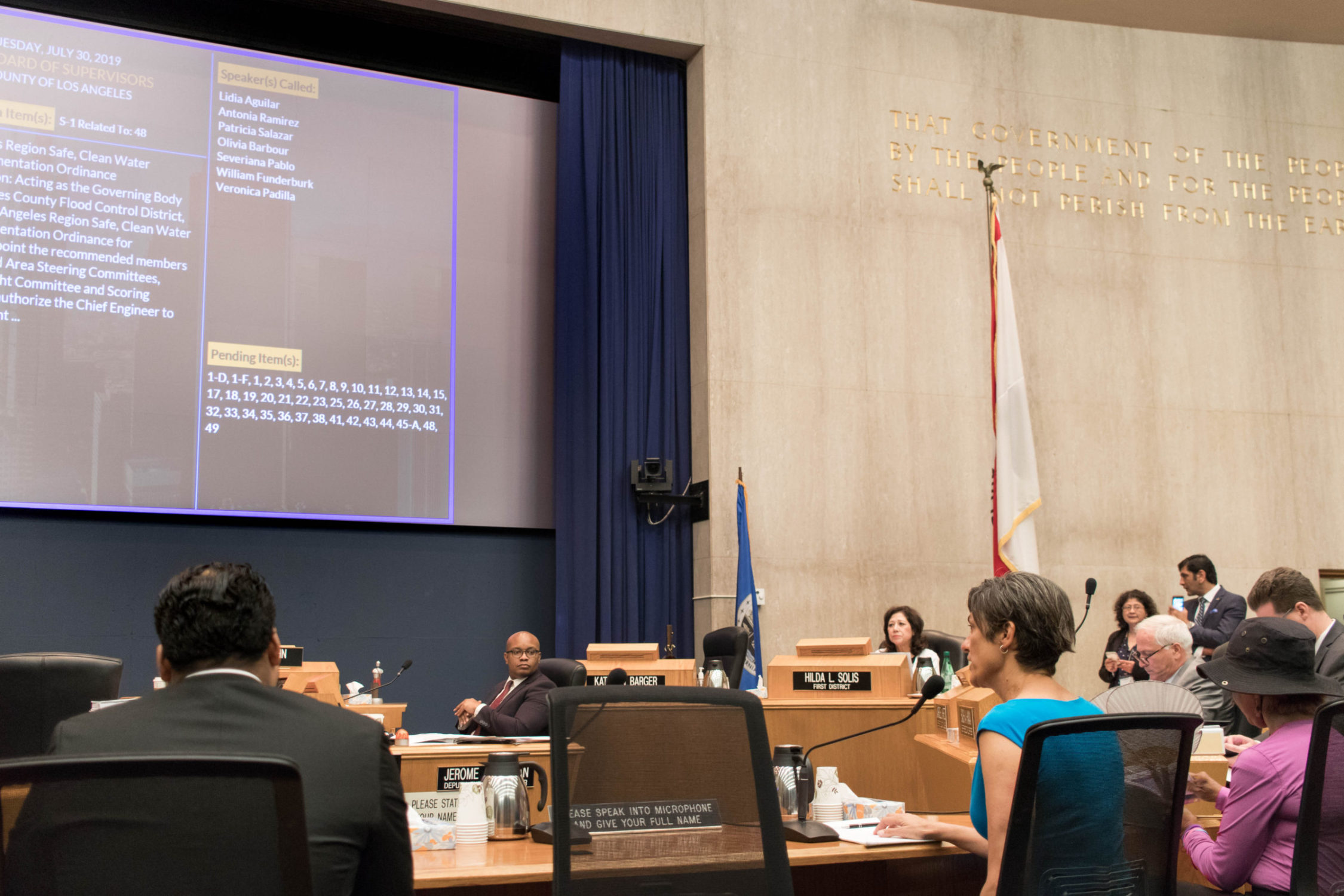
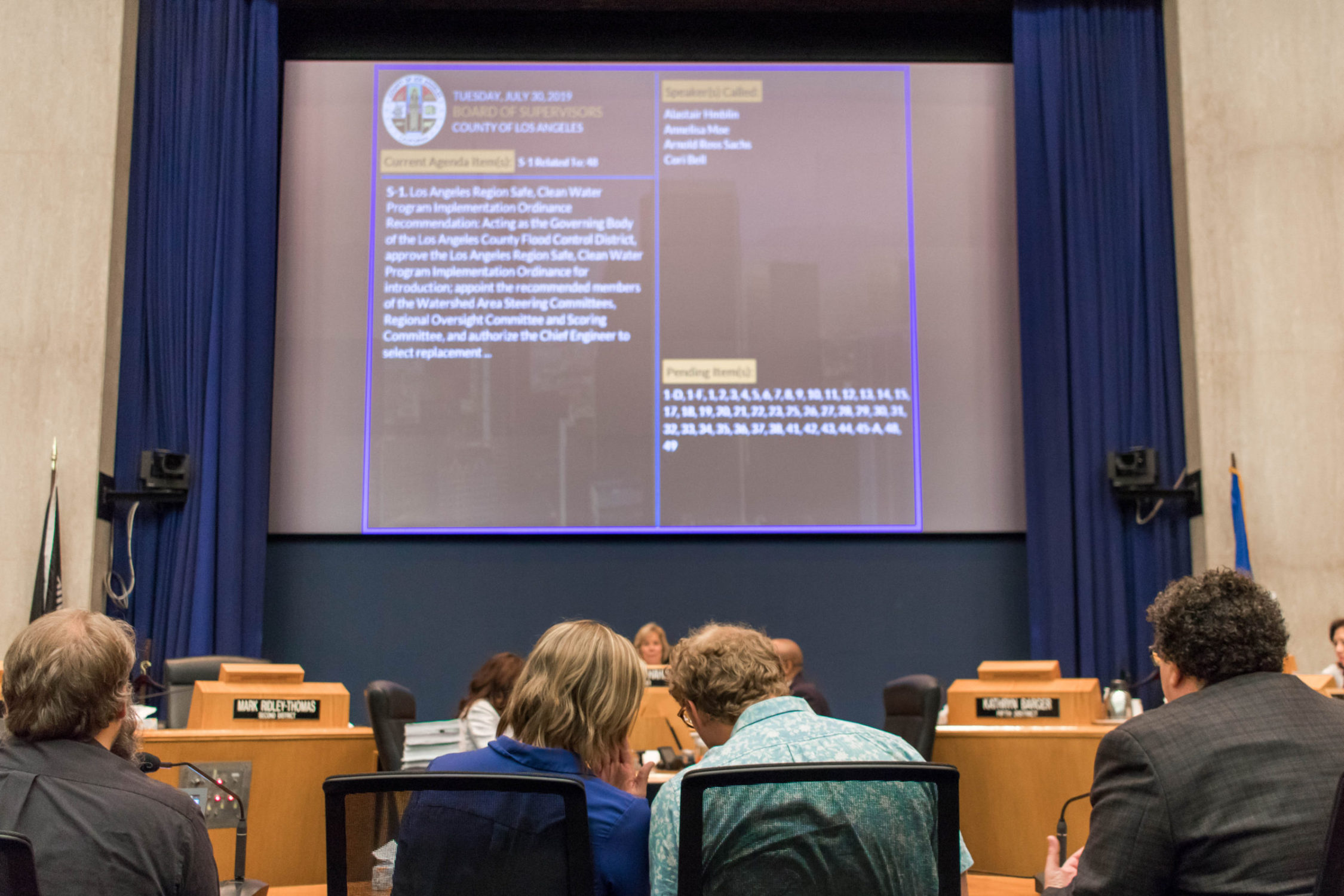

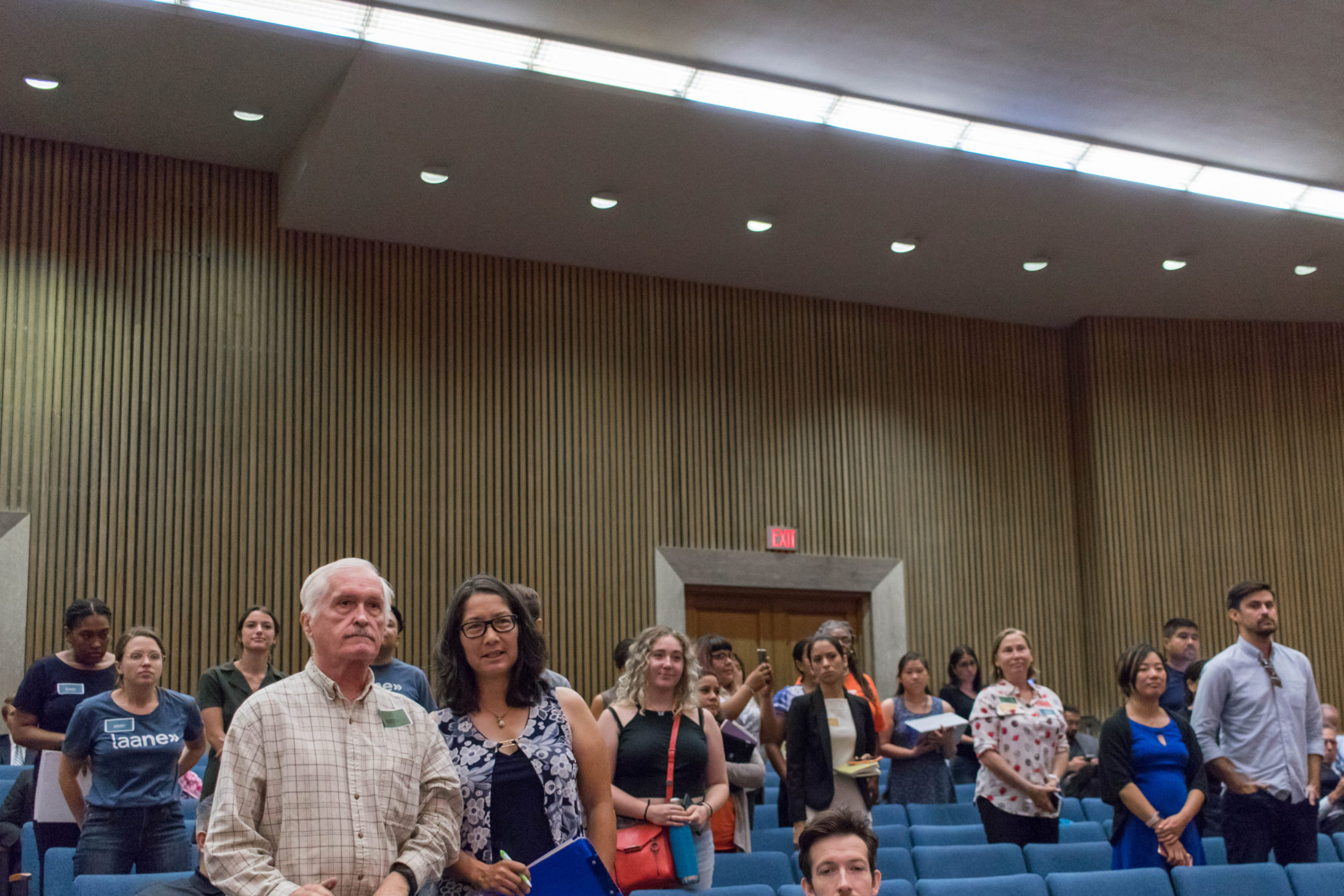
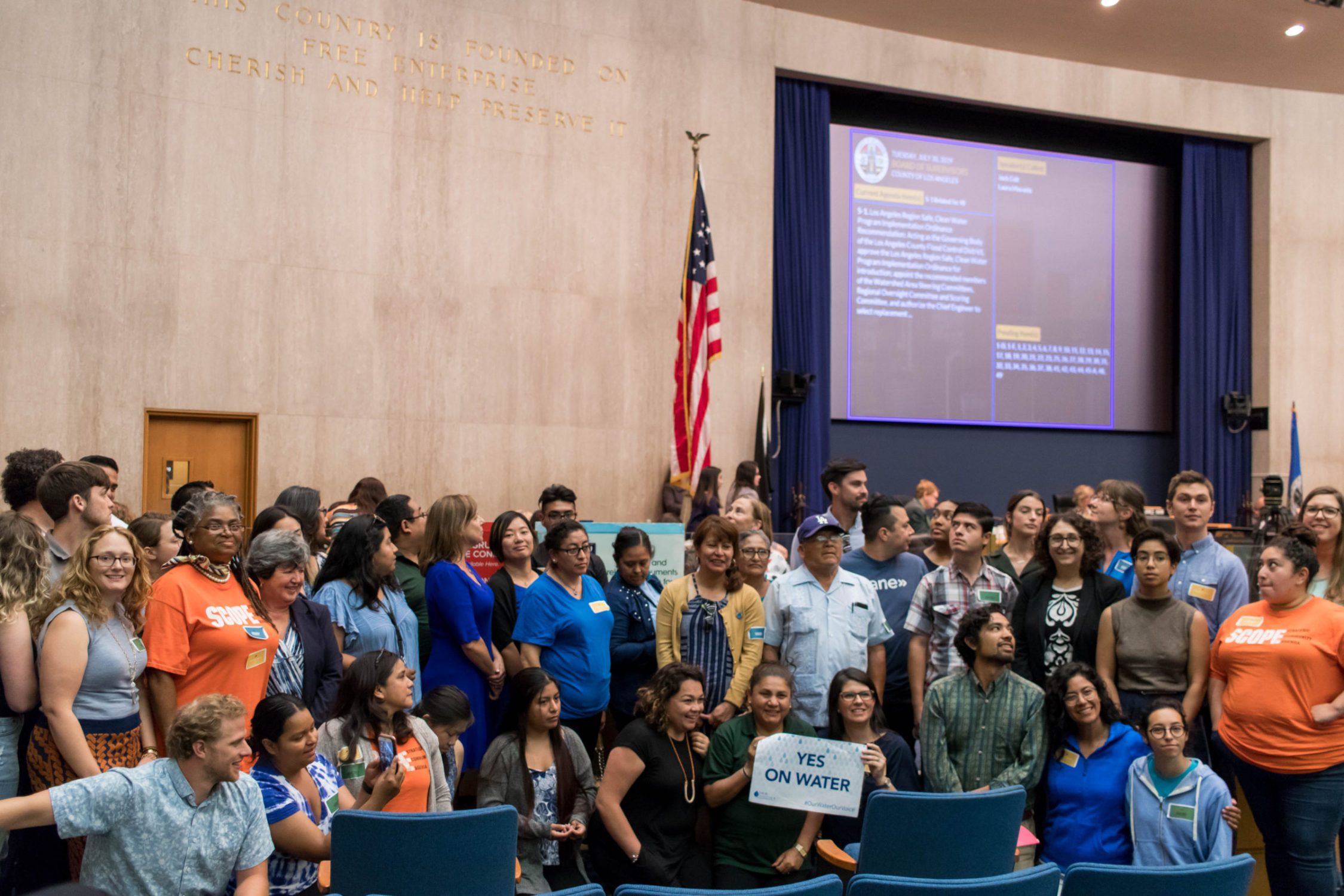
 Las áreas acuáticas para nado y recreación en el condado de Los Angeles brindan oportunidades importantes para quienes disfrutan y valoran la naturaleza de nuestros ríos y arroyos. Desafortunadamente, existe poca información o notificación pública de la calidad del agua por parte del estado. Como resultado, carecemos de datos estandarizados y la información disponible para el público es mínima y difícil de interpretar.
Las áreas acuáticas para nado y recreación en el condado de Los Angeles brindan oportunidades importantes para quienes disfrutan y valoran la naturaleza de nuestros ríos y arroyos. Desafortunadamente, existe poca información o notificación pública de la calidad del agua por parte del estado. Como resultado, carecemos de datos estandarizados y la información disponible para el público es mínima y difícil de interpretar.
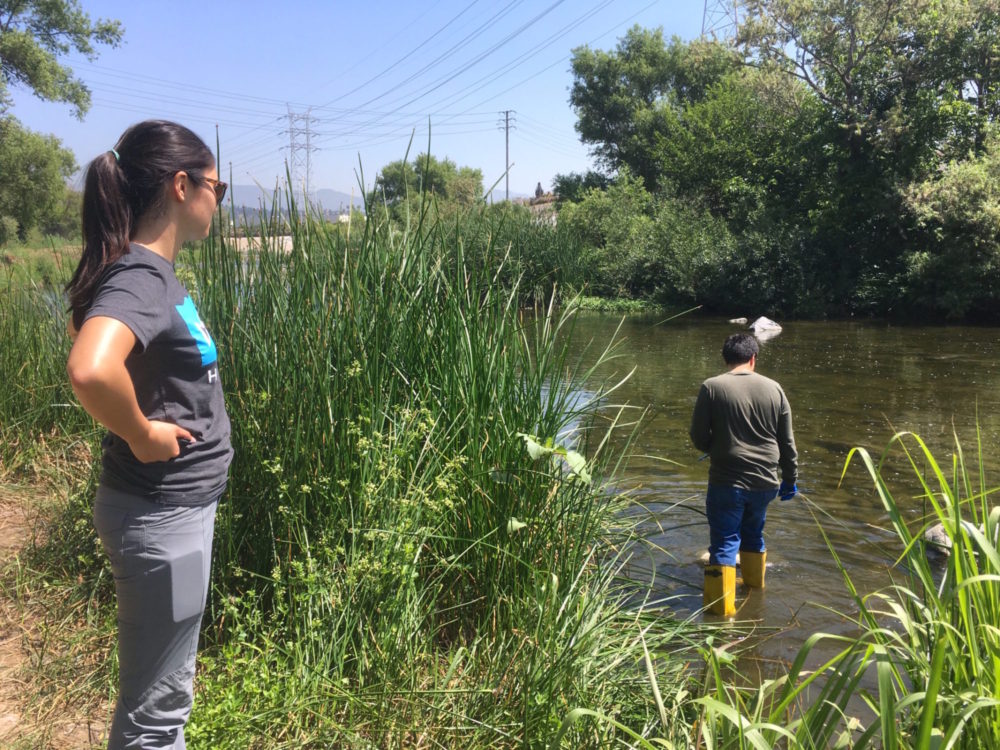
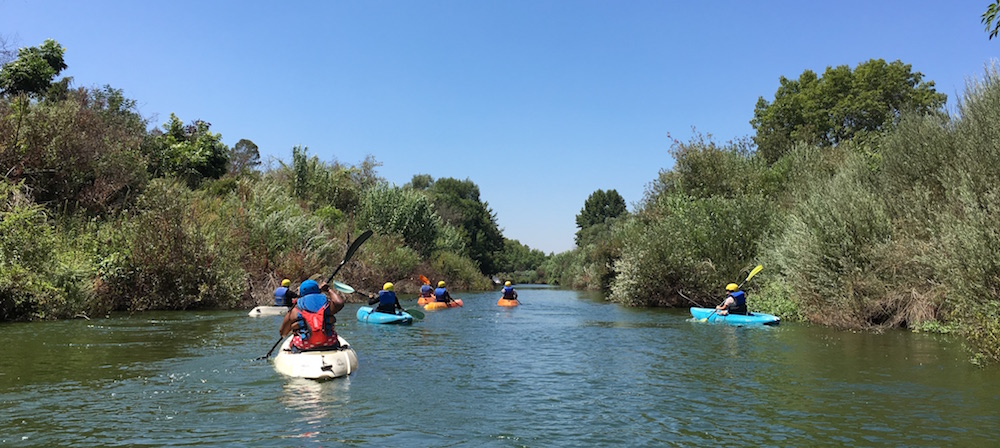 Tips for enjoying and staying safe in L.A.’s rivers, streams, and creeks
Tips for enjoying and staying safe in L.A.’s rivers, streams, and creeks